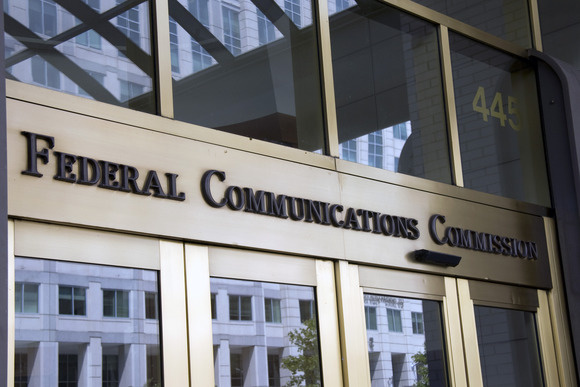VHF Regulatory Fees Need to Be Revised, NAB Tells FCC
WASHINGTON—The fiscal year 2019 came to a close at the end of September, but there is still discussions on the FCC’s process of collecting regulatory fees for that year. And according to the NAB, some revisions are needed, specifically regarding the fees of VHF stations.

Commenting on a Further Notice of Proposed Rulemaking, the NAB requests that the FCC revise proposed regulatory fees for VHF stations so that they “more accurately reflect their actual population served,” the comments read.
The way regulatory fees were determined was changed in 2018, switching from Nielsen Designated Market Area groupings to population covered; FY2019 was the first year implementing this measurement tactic. The NAB does agree with this approach, but believes that it has a flaw that “unjustly” impacts VHF stations.
Using a station’s noise limited service contour (NLSC) as a basis for regulatory fees negatively impacts VHF stations operating at power levels above their normal maximum level to overcome environmental noise in a digital world, wrote the NAB. This in turn can extend the reach of many VHF stations, however the quality of the signal is weak because of different hindrances, NAB continues.
As a result, the NAB contends that “the new regulatory fees for some VHF stations are artificially high because they are based on viewer population figures that include viewers who are not able to receive a viewable signal.”
In addition, due to the broadcast spectrum repack, some TV stations have moved from UHF to VHF or to a lower frequency VHF channel and have not been able to officially determine their population served, which in turn does not allow them to gauge the effects of the new regulatory fees on their operating budgets.
“NAB believes that a more reasonable approach would be to calculate fees for such VHF stations based on a station’s contour under the commission’s original assignment of technical parameters during the DTV transition,” the organization wrote, calling it a more accurate reflection of a VHF’s station actual coverage and population reach.
The professional video industry's #1 source for news, trends and product and tech information. Sign up below.
To read NAB’s full comments, or other related comments filed, visit the FCC’s ECFS.
